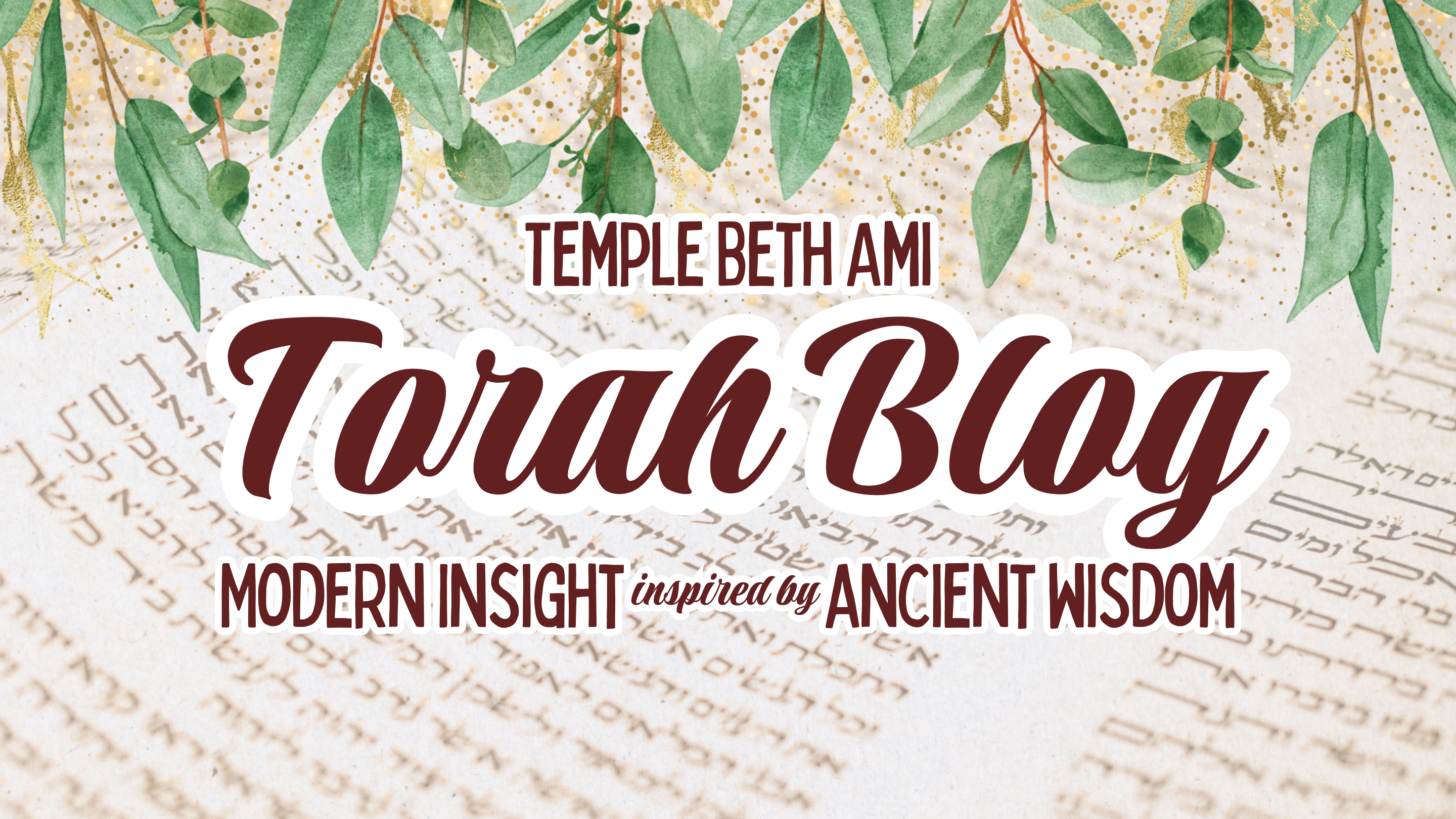







Rabbi Gary Pokras
I’m not sure when, exactly, we turned a cultural corner in contemporary secular culture, but at some point “doubling-down” on questionable behavior or decisions became seen as a sign of strength while honestly questioning ourselves on what we have done or said became a sign of weakness. From the standpoint of Jewish tradition and Torah, nothing could be farther from the truth.
This week’s parasha provides a powerful example of the importance of self-reflection and personal accountability for our actions, and how the words we speak matter. In Leviticus we encounter a law about how to handle dishonesty. If someone steals from another and then lies about it under oath, he is required to pay a monetary restitution equal to what he took plus and additional 20% for damages. Then he must bring a guilt offering, which the priest offers up on his behalf. Once this has been done, “… it shall be forgiven him for whatever he may have done to incur guilt thereby.” [Lev. 5:20-26]
In Naso, this law is repeated, with a small but meaningful addition: “Should a man or a woman commit any of the human offenses, to betray the trust of the Lord, that person shall bear guilt. And they shall confess their offenses which they committed, and he shall render back for his guilt the sum of its principal, and a fifth part of it he shall add to it, and give it to him who he wronged …” [Num. 5:6-7]
The first example, from the book of Leviticus, reflects a common practice in the ancient world: that the act of repayment and ritual sacrifice on their own completely repairs a wrong. In this week’s reading that assumption is challenged. It is not enough for us to simply repay our debt. The Hebrew for “shall bear guilt” is v’ashmah hanefesh hahi – literally “he shall feel guilt in his soul.” This is a painful internal process, and a necessary one if we want to change our behavior. However, as Rabbi Shai Held teaches, just feeling guilt is not enough. We must express our remorse through confession.1 The Hebrew verb used for “confess” in the parasha is vihitvadu – which is a reflexive construct. Whereas the priest makes restitution on our behalf in Leviticus, here we must confess ourselves, speaking to those we have harmed. Only then are we able to make restitution and finally ask the priest to make an offering on our behalf. In Naso, the feeling of guilt and the confession take precedence over everything else – without them there can be no ritual forgiveness. The confession becomes essential because it moves us from an internal process to a relational process. In other words, what we say matters. Speaking these words makes us vulnerable, and we might be rejected. It also gives weight to our accountability and opens the possibility to heal some the damage we have caused.
This is not an act of weakness, but of spiritual strength. It requires confidence and faith and heart.
Doubling down is for the weak and the insecure. Torah teaches us that we are stronger and empowers us to act in ways so that we can hold our heads high.